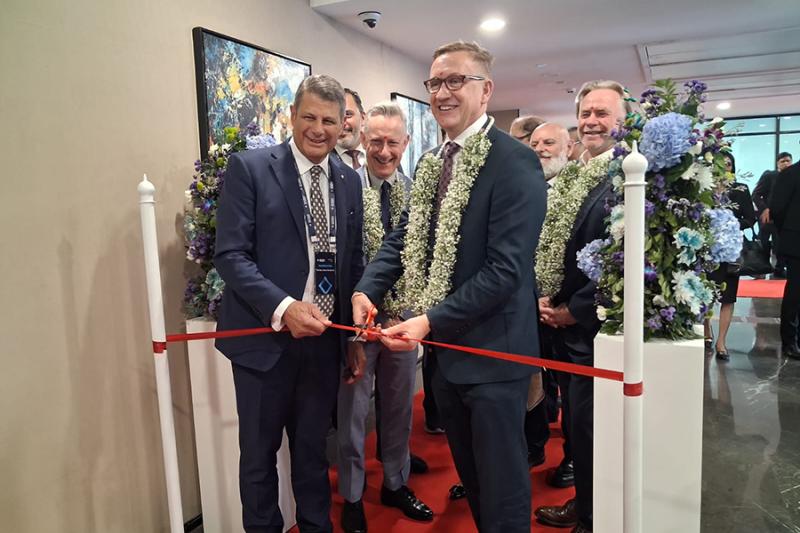Weather forecasting worlds unite

Indigenous knowledge and contemporary meteorological weather methods connect to provide reliable, accurate and accessible weather forecasts for the Pacific in a Victoria University project.
Ten years in the making, the project is shaking up contemporary weather forecasting methods in Australia’s neighbouring Pacific Islands.
In 2013 while working with the Bureau of Meteorology, Victoria University’s Dr Roan Plotz was working with a multi-national team to improve access to accurate weather forecasts across Solomon Islands, Vanuatu, Samoa and Niue.
However, the team was finding uptake of the contemporary forecasts was low with large sections of the communities not utilising the information.
“One of the main reasons we kept hearing as to why contemporary forecasting methods provided by meteorological services weren’t being listened to was because the communities relied on the local indigenous knowledge forecasts,”
Dr Plotz said.
“There is also mistrust with contemporary forecasts, some difficulty in understanding the information or no access.
“At the same time, many elders in the Pacific expressed a desire for help with better monitoring of some traditional forecast indicators, like flowering of certain tree species, to better understand how climate change is impacting its reliability.
“There is increasing evidence that the relevance and uptake of contemporary forecasts in remote and regional communities of the world can be significantly enhanced when combined with traditional forecast methods.
“So we started to think how we could address both issues and incorporate the incredibly valuable indigenous knowledge forecasting with contemporary forecasting into products and services across the Pacific.”
Dr Plotz said relationship-building on the ground in the four Pacific countries was key to the success of the project. He stressed that one method is not more effective than the other, each have their own pros and cons.
“While very useful, indigenous knowledge forecasts are becoming less reliable with the speed of climate change, the markers the communities used, like fruit being in season at a particular time was now not at the same time as it was decades ago,”
he explained.
“In addition, the intergenerational knowledge transfer is not happening as much as it once did.
“The rapid loss of this traditional knowledge on weather and climate could contribute to the reduction of community resilience to extreme weather events, which are becoming more and more regular with climate change.”
The indigenous knowledge forecasts are also excellent for providing predictions for the small, local area as it’s based on observations. With more contemporary methods, the nearest weather station might be six islands away, and completely unrelatable.
“The meteorological service forecasts are produced at a broad scale, so very helpful for big weather events like cyclones, but not all that helpful for day-to-day forecasting in a vast region with thousands of widely dispersed islands,” Dr Plotz explained.
“We see this as an opportunity for both indigenous local knowledge to marry up with the science-based meteorological services to improve relevance and uptake of forecasts more generally, which will also enhance the communities’ resilience to climate change.”
Dr Plotz was invited to present the project at the 2022 United Nations Climate Change Conference in Egypt (COP27) in the Australian Pavilion at the request of the Australian Government.
This project is a collaboration between Victoria University, EarthWatch Australia, the Secretariat of the Pacific Environmental Program, the Meteorological services of Niue, Solomon Islands, Samoa, Vanuatu and Tonga and the Australian Bureau of Meteorology.



